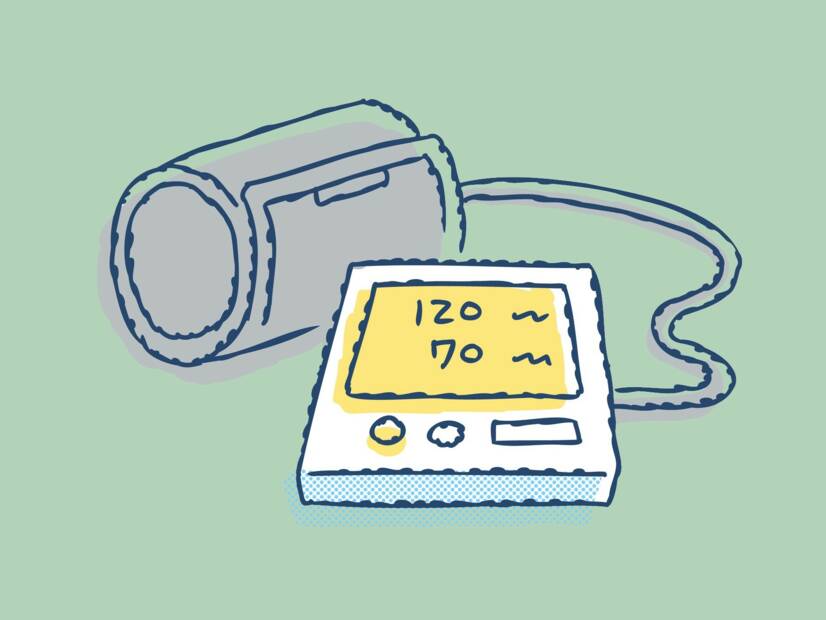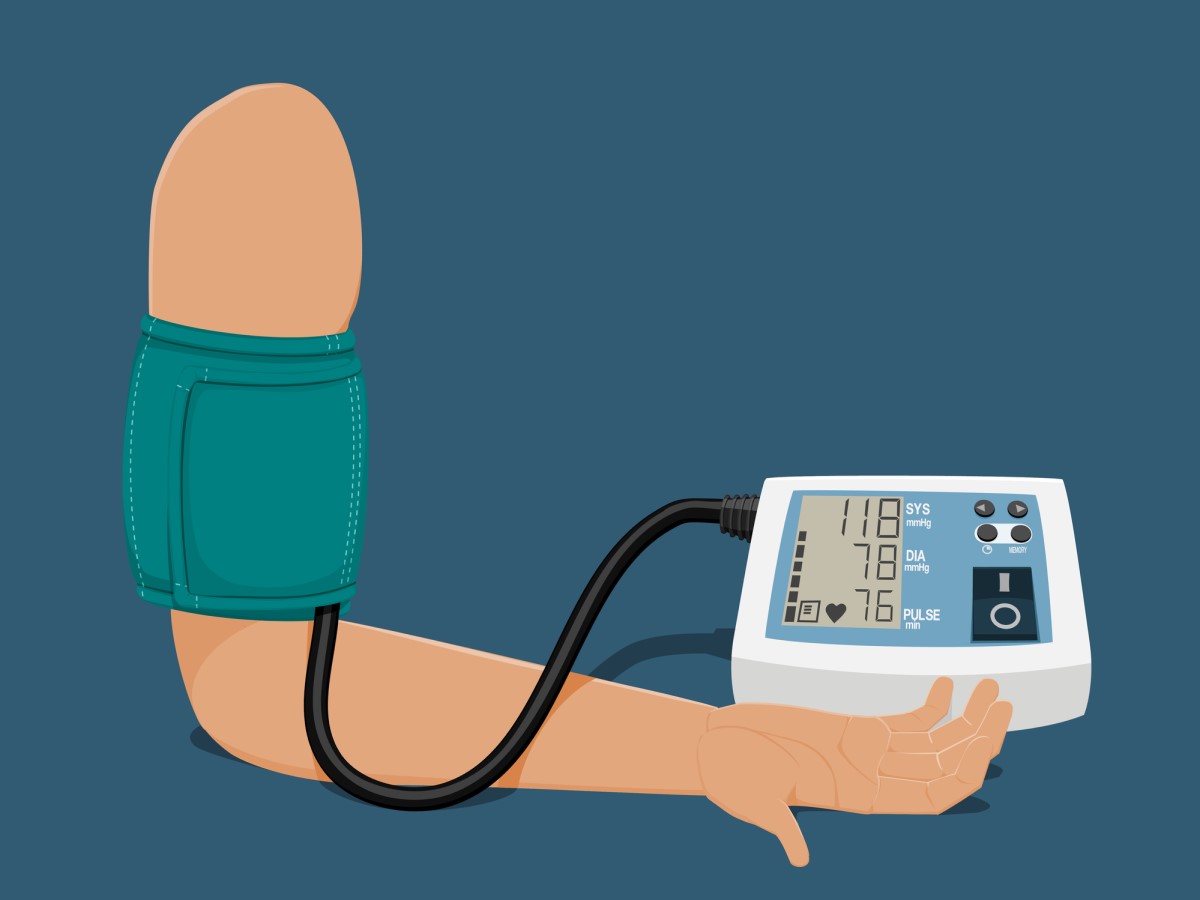How blood pressure works video
High Blood Pressure Symptoms and Causes | cdc.gov
High blood pressure (hypertension) - Symptoms and causes - Mayo Clinic
heart.org - High Blood Pressure

What is normal, low or high blood pressure? You can compare the measured values in the table below.
Blood pressure readings reveal the state of the body. Above all, the functioning of the heart and the vascular system.
Blood pressure is influenced by the external environment, physical or mental activity and, of course, the state of health. The mental aspect and the condition of the body and the individual organ systems are equally important.
Blood pressure values can be:
Tip: You have at your disposal the article high blood pressure, where you will find all the useful information about this disease. Also at your disposal is the topic in diseases about low blood pressure.
The following table shows you what blood pressure values we know. And it ranges from low, normal and high blood pressure.
In addition, it also shows how the pressure changes in relation to a person's age.
| systole | diastole | |
| low blood pressure | ||
| extremely low | up to 50 | up to 35 |
| very low | 50-70 | 35-40 |
| low | 70-90 | 40-60 |
| normal blood pressure | ||
| lower normal | 90-110 | 60-75 |
| normal | 120 | 75 |
| borderline | 130-140 | 80-90 |
| high blood pressure | ||
| grade 1 hypertension | 150-160 | 90-100 |
| hypertension of the 2nd degree | 160-180 | 100-110 |
| grade 3 hypertension | 180-210 | 110-120 |
| grade 4 hypertension | 210 and over | 120 and over |
What is your blood pressure, low, normal, or high?
Use our calculator to quickly determine your blood pressure.
| Systolic pressure Values in mmHg | Diastolic pressure Values in mmHg | |
| Extremely low | up to 50 | up to 35 |
| Very low | 50-70 | 35-40 |
| Low | 70-90 | 40-60 |
| Lower normal | 90-110 | 60-75 |
| Normal | 120 | 75-80 |
| Borderline | 130-139 | 80-90 |
| Grade I hypertension | 140-160 | 90-100 |
| Grade II hypertension | 160-180 | 100-110 |
| Grade III hypertension | 180-210 | 110-120 |
| Grade IV hypertension | 210 and more | 120 and more |
| For example | ||
| Low blood pressure = 80/50 | Normal blood pressure = 120/80 | High blood pressure = 150/90 |
For adults, an upper blood pressure of 100 to 139 and a lower blood pressure of 60 to 89 mmHg is normal. But be careful if you measure blood pressure around the upper limit of 139 mmHg for a long time.
In childhood, it's different...
Normal blood pressure readings by age:
| up to 1 year | 90/60 |
| 1-5 years | 95/65 |
| 6-13 years | 105/70 |
| 14-19 years | 117/77 |
| 20-24 years | 120/79 |
| 25-29 years | 121/80 |
| 30-34 years | 122/81 |
| 35-39 years | 123/82 |
| 40-45 years | 125/83 |
| 45-49 years | 127/84 |
| 50-54 years | 129/85 |
| 55-59 years | 131/86 |
| 60-64 years | 134/87 |
Blood pressure is the hydrostatic pressure exerted by blood on the walls of blood vessels.
Blood is ejected from the heart into the blood vessels of the body during a contraction of the left ventricle of the heart. This contraction is called systole.
The heart then fills during diastole. It's a condition where the heart muscle is flaccid.
Blood pressure varies depending on the size of the blood vessels. It is highest in the large blood vessels, such as the aorta, and the arteries. As the blood pressure decreases, so does its value, and the lowest blood pressure value is in the veins.
Systolic blood pressure refers to its value in the arteries and blood vessels that carry blood from the heart towards the body.
Systolic pressure is built up when the heart contracts, when it is highest, and corresponds to the pressure in the arteries.
Diastolic pressure is measured when the heart is filling with blood, when blood pressure is at its lowest.
Blood pressure is made up of two values - systole (higher) and diastole (lower).
Traditionally, this value is expressed in millimeters of mercury column (mmHg). The highest pressure (systolic) is before the slash and the lower pressure (diastolic) is after the slash.
Blood pressure measurement in the home is most often done with a digital blood pressure monitor. And here the display shows us these two values. In addition to these, it also shows the pulse rate and sometimes the regularity of the heartbeat.

Important information in brief:
Blood pressure changes during the day due to several factors.
It is made up of blood vessels and heart activity.
High blood pressure has different symptoms for each person = individual problems.
Arterial hypertension (high blood pressure) may have no symptoms.
The first symptom may be a heart attack or stroke.
It is therefore a significant health risk for a person.
Remember: if your blood pressure is above 130/80 repeatedly or for a long time, something is wrong and a professional examination is necessary. Otherwise, the risk of cardiovascular complications increases.
High blood pressure can be treated.
If hypertension is left untreated, it threatens health and life.
A responsible approach to treating the disease helps prevent complications.
It is treated by a general practitioner in coordination with an internist or cardiologist.
Laboratory and other tests are often needed to diagnose the cause.
The cause may be unknown, when hypertension is referred to as essential.
A family history increases the risk of its occurrence.
Lifestyle/lifestyle is one of the factors by which we can positively and negatively influence the value of our blood pressure.
By treating arterial hypertension correctly and responsibly, we control blood pressure values. We prevent complications, which helps to live a longer and healthier life.
Blood pressure affects:
It is reported that:
27% of people do not know they have hypertension.
18% are untreated, yet know about their high blood pressure.
26% are under-treated.
29% of those affected are treated correctly.
Prevention:
Prevention and treatment require a change in lifestyle and certain regimen measures. These must not be ignored if one wants to get control of blood pressure and regulate it. It is important to be aware of the factors that affect blood pressure.
Example:
Read also the articles:
What is nocturnal hypertension? How it increases the risk of health complications
Untreated hypertension threatens health and life. What are the complications?
What are the typical symptoms for high blood pressure?
How to reduce high blood pressure without drugs? Is food or tea enough?
What foods are appropriate and inappropriate for high blood pressure?
What helps with low blood pressure? Can lemon, herbs or other grandmotherly advice help?
How to fight low blood pressure with lifestyle and food?
Measuring blood pressure, pulse or breathing at home. How to know the values?
How to recognize a stroke early + Typical symptoms
How to recognize heart attack and stroke early? Fight for life...
First aid for myocardial infarction + Does chest pain mean a heart attack?
